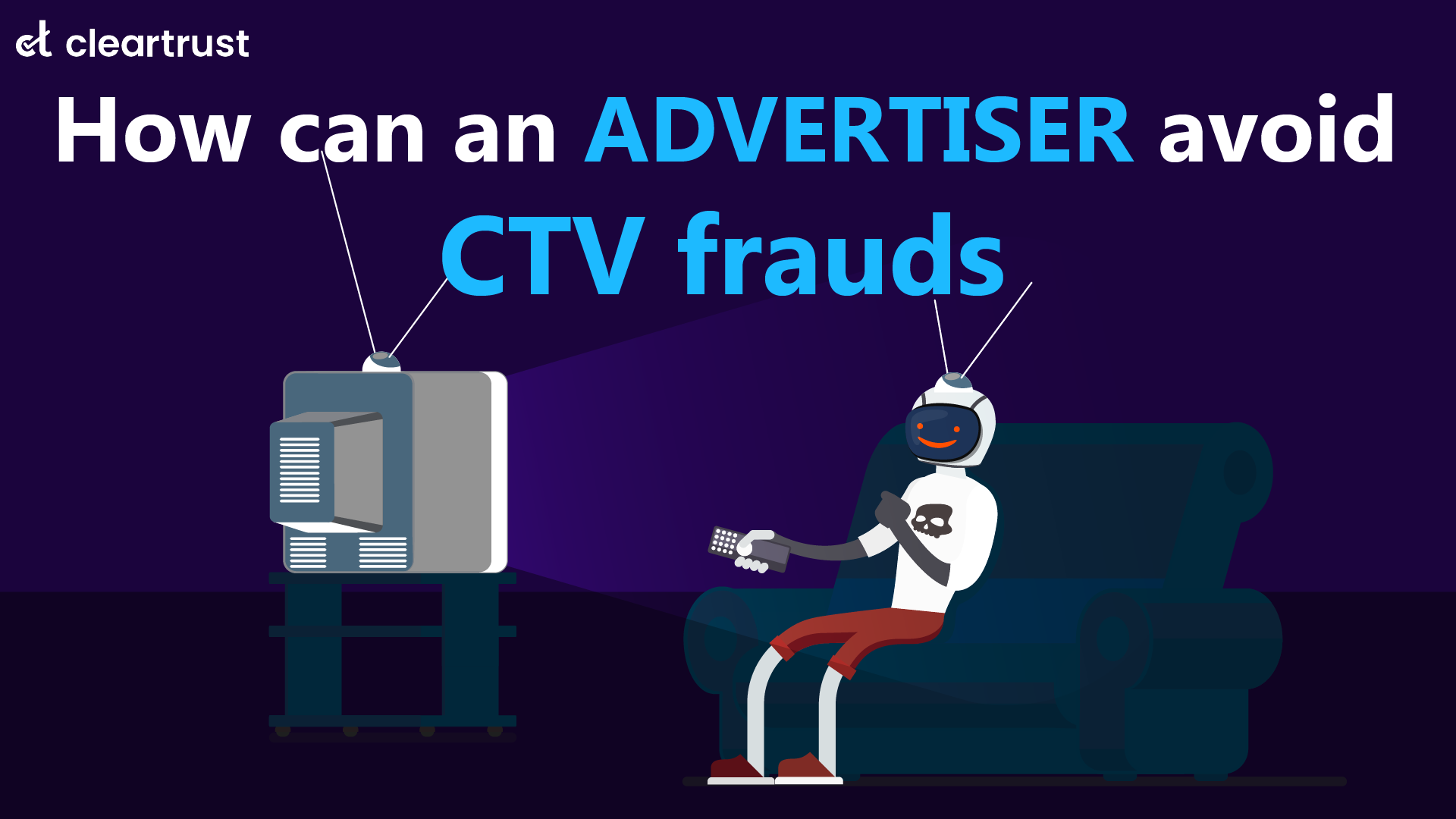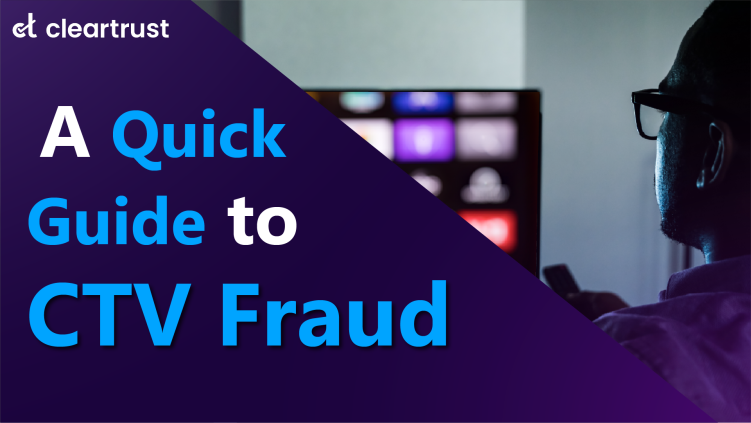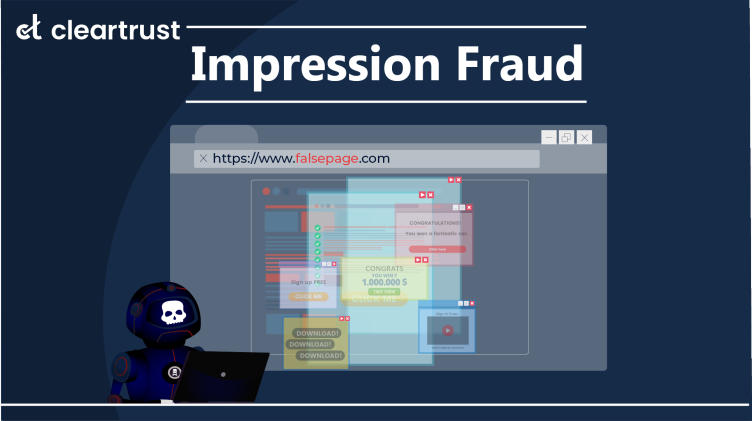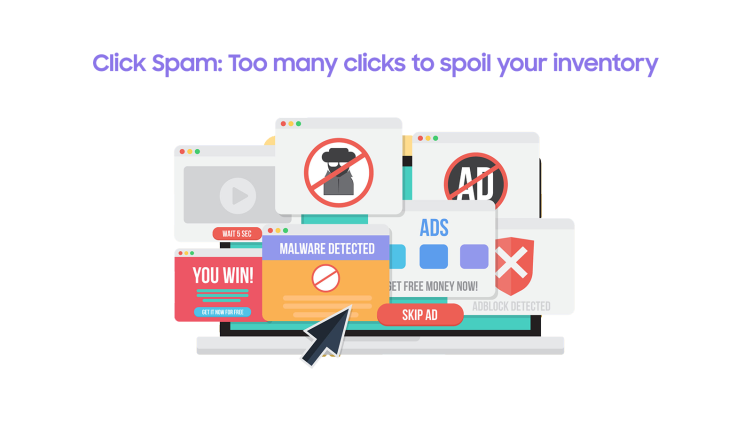Ad monetization is not a cakewalk for publishers. Sometimes, some challenges test your patience and the credibility of your campaigns simultaneously. At other times, everything seems right until a point where you realize that your website has user sessions but your analytics is not capturing the same.
Are you kidding me? If analytics, which is the lifeline of digital marketing, fails to capture my users, how am I supposed to understand the performance of my campaign?
Shadow traffic is not a new term. Its impact on ad monetization can be disastrous. According to research, 20% of all the internet traffic is shadow traffic. While it may not be a huge deal in the short term, it can highly impact the marketing decisions and online business subsequently in the long term.
In this blog, we will delve deep into the intricacies of shadow traffic and how can publisher avoid this menace to protect their business.
What is shadow traffic?
Shadow traffic is the untracked real traffic from real people. Now why untracked? This is because such traffic exists but is not captured by the typical analytical software that guides your business decisions. Publishers highly rely on user behavioural analytics to strategize their campaigns such as duration of session, bounce rate etc.
In the case of shadow traffic, the software fails to track this data due to multiple reasons. Two of the most prominent reasons why shadow traffic exists are ad blockers and the browser privacy settings of the user.
Let’s take a look at these factors in detail
Causes of Shadow Traffic
- Ad Blockers- The most commonly adopted practice of enhancing the surfing experience is ad blockers. These are used to avoid unnecessary interruptions in the surfing experience. Additionally, ad blockers decrease the page load time which improves the session duration of users. However, as a downside, users do not engage with ads that are placed on the general as well as premium inventories of publishers which impacts their ad monetization efforts. Due to such a lack of engagement, a disequilibrium arises between user presence and analytics which creates confusion. Ad blockers have increasingly been used in the past decade. Publishers have lost more than $40 billion in revenue just due to ad blockers.
- Browser privacy settings- Let us take the example of Safari’s Intelligent Tracking Prevention (ITP) to explain this better. Safari blocks third-party cookies by default. However, additionally, it also has an ITP that limits the tracking of first-party cookies. Through this feature, a machine learning algorithm is used by Safari to identify domains that are in a position to claim advantage of cross-site tracking to leverage important information about the users. Once these domains are identified, any cookies initiated from such domains are blocked thereby restricting the tracking of user activity.
How can you publishers deal with the problem of shadow traffic?
Ad monetization requires constant upgradation of activities in the background to not only enhance user experience but protect your investments as well. Here are a few ways in which publishers can deal with the problem of shadow traffic
- Avoid placement of heavy ads- Publishers can ensure that ads that increase the page load speed can be avoided to prevent the usage of ad blockers on the user’s end. Instead, effective options like inter scroller ads that do not disrupt user experience can be employed to scale genuine engagements and avoid the problem of shadow traffic.
- Maintain a good balance between the number of ads- Just like too many cooks spoil the broth, too many ads can spoil the experience on your website. Mindful usage of inventory can help publishers scale their ad monetization efforts by (a)Identifying the power of preferred deals and optimise the real-time auctioning and (b) Experiment with the ad formats that garner maximum engagement and prove worthwhile.
- Complying with regulations like GDPR- User privacy has quickly gained a lot of importance and continues to be the need of the hour for ensuring the programmatic success of publishers. In such situations, it is always a good deal to comply with the regulations so that methods like ad blockers are not resorted to by the users to protect their surfing experience.
Shadow Traffic poses a formidable challenge for publishers relying on ad revenue. Understanding its origins, recognizing its detrimental effects, and adopting proactive strategies are critical steps in safeguarding revenue streams and maintaining the credibility of ad monetization efforts in an increasingly complex digital advertising landscape.
At ClearTrust, we understand that addressing shadow traffic extends beyond ad placement optimization and strict adherence to privacy regulations like GDPR. In the evolving digital landscape, the use of privacy-enhancing technologies, such as VPNs, and the complexities of mobile app advertising present new challenges in traffic tracking. Our approach involves leveraging sophisticated analytics tools, specifically designed to detect and account for shadow traffic. This ensures that our clients receive accurate insights into their ad performance.
Moreover, educating users about the safe and necessary use of ads can mitigate the over-reliance on ad blockers. Finally, diversifying revenue streams beyond ads – through subscriptions, sponsored content, or integrating e-commerce – provides a safety net against the unpredictability of ad-based revenue. These comprehensive approaches can help publishers navigate the complex digital advertising landscape more effectively, ensuring both user satisfaction and revenue security.












